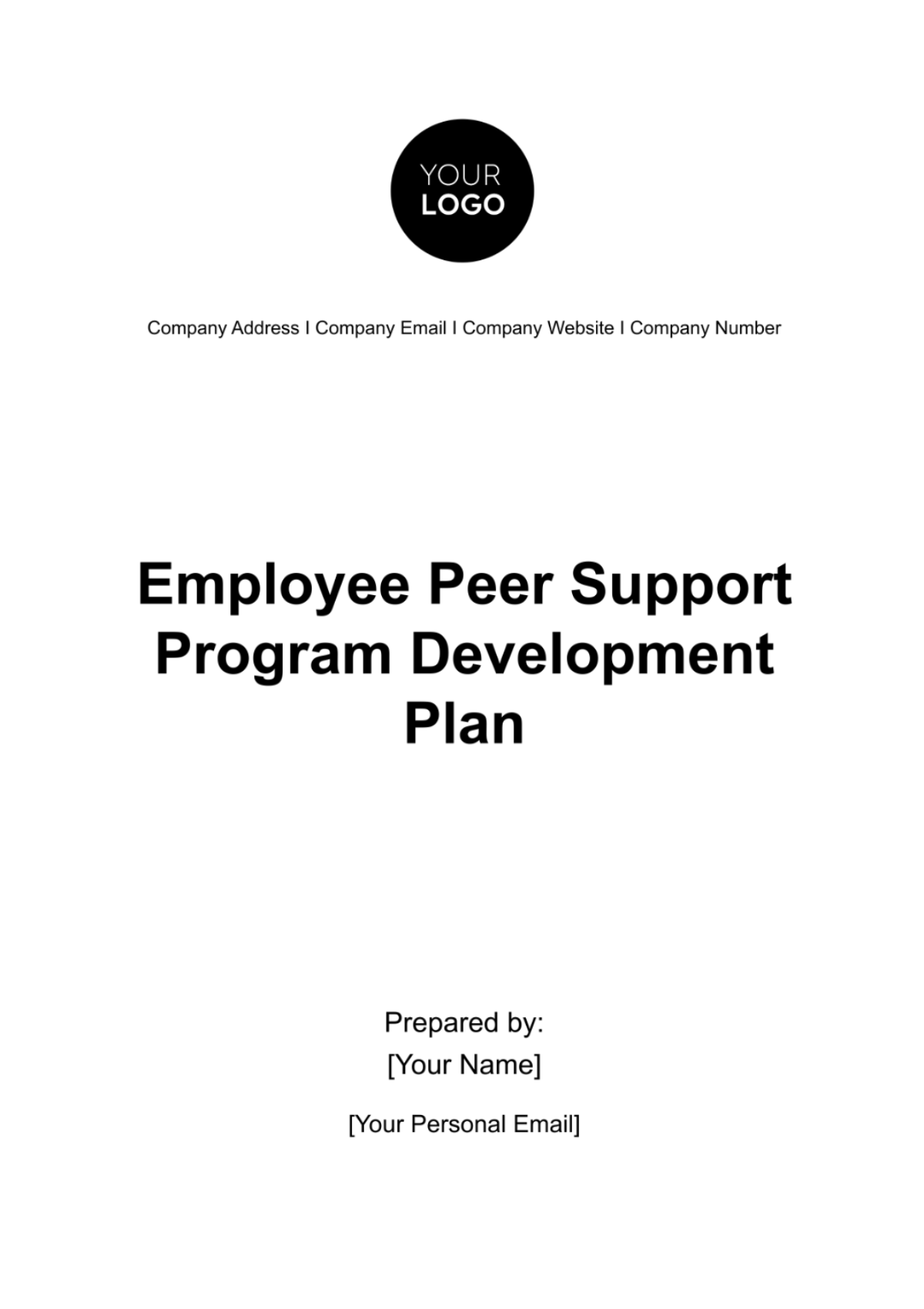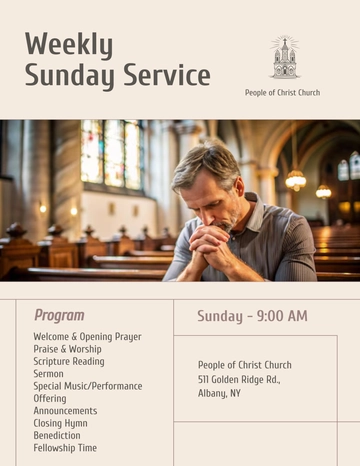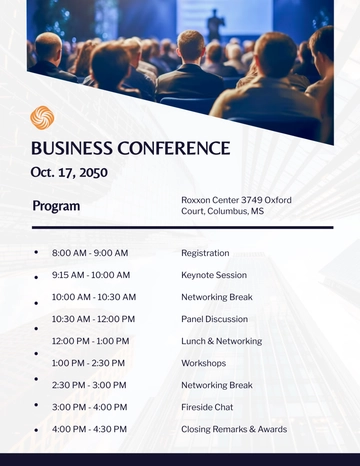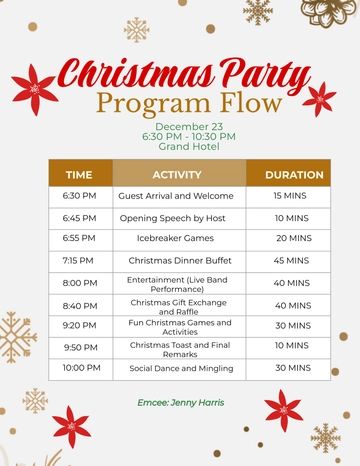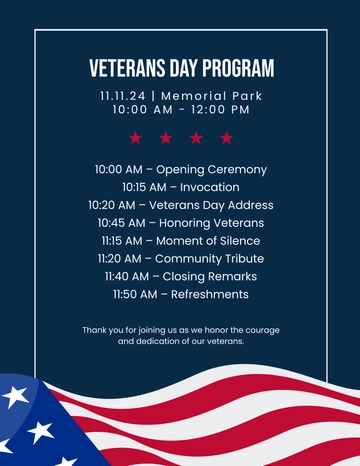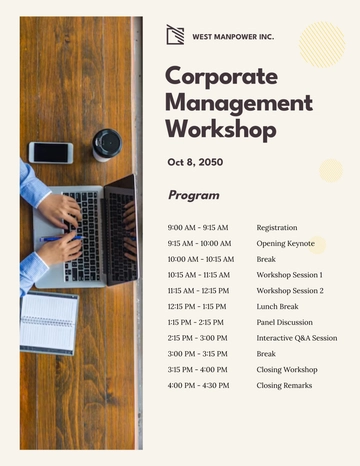Employee Peer Support Program Development Plan
Introduction
Background
The Employee Peer Support Program is an initiative by [Your Company Name] to foster a culture of support and collaboration among employees. The program aims to address various challenges that employees may face, such as work-related stress, personal issues, or professional development needs. By establishing a structured peer support system, the company aims to improve the overall well-being of its workforce.
Rationale
The need for a peer support program has been identified through employee feedback and surveys. The current support systems, such as HR and management, are often seen as formal and distant. A peer support program will offer a more approachable and relatable avenue for employees to seek help, advice, and encouragement.
Data: Employee Turnover Rate
To emphasize the need for this program, let's consider the employee turnover rate for the past year:
Q1: 15%
Q2: 18%
Q3: 20%
Q4: 22%
Chart: Employee Turnover Rate by Quarter

Objectives
Primary Objectives
To establish a structured peer support system: The program aims to create a formalized system where employees can easily find and offer support.
To improve employee well-being: By providing a platform for support and resource-sharing, the program aims to enhance the mental and emotional well-being of employees.
To enhance productivity and job satisfaction: A supportive work environment is expected to lead to increased job satisfaction and, consequently, higher productivity.
Secondary Objectives
To reduce employee turnover: A supportive work environment can make employees feel valued, reducing the likelihood of them leaving the company.
To foster a culture of continuous learning and improvement: Peer support often leads to knowledge sharing, which can help in personal and professional development.
Scope
Inclusions
The program will be implemented across all departments within [Your Company Name], including but not limited to Sales, Marketing, Engineering, and Customer Support.
Exclusions
The program will not extend to contractors, interns, or temporary staff, as they are not permanent members of the workforce.
Stakeholders
Internal Stakeholders
HR Department: Responsible for the overall planning, implementation, and monitoring of the program.
Management: Will provide the necessary approvals and budget allocations.
Employees: The primary beneficiaries of the program.
External Stakeholders
Program Components
Peer Support Groups
These are small groups of 5-10 employees who share common interests, challenges, or roles. These groups will meet regularly to discuss various topics and share resources.
Training Programs
Training sessions will be organized for employees who volunteer to be peer supporters. These sessions will cover topics like active listening, empathy, and confidentiality.
Online Platform
An internal online platform will be developed to facilitate easier communication among peer support groups. This platform will feature forums, resource libraries, and event calendars.
Implementation Plan
Timeline
Phase | Activity | Duration | Responsible Party |
1 | Planning | 1 month | HR Department |
2 | Training | 2 months | HR and Management |
3 | Rollout | 3 months | HR and Employees |
The program will be rolled out in three phases:
Planning: One month will be dedicated to planning, which will include stakeholder meetings, budget allocation, and resource planning.
Training: Two months will be allocated for training peer supporters.
Rollout: The program will be officially launched and made accessible to all employees in the third month.
Milestones
Key milestones include the completion of the planning phase, the training of peer supporters, and the official launch of the program.
Budget and Resources
Budget Allocation
Component | Estimated Cost | Funding Source |
Training Programs | $10,000 | Company Budget |
Online Platform | $5,000 | Company Budget |
The budget will be allocated as follows:
Training Programs: $10,000 will be allocated for training materials and facilitators.
Online Platform: $5,000 will be allocated for the development and maintenance of the online platform.
Chart: Budget Allocation
To visualize the budget allocation, let's refer to the previously generated pie chart:

Resource Allocation
Human resources from the HR department will be allocated for planning and implementation. Material resources like training materials will be procured as per the budget.
Monitoring and Evaluation
Key Performance Indicators (KPIs)
The success of the program will be measured using KPIs such as:
Evaluation Methods
Evaluation will be carried out through:
Risk Assessment
Potential Risks
The program may face risks such as:
Lack of Participation: Employees may not engage with the program as expected.
Inadequate Training: The training provided may not be sufficient to equip peer supporters.
Budget Overruns: The program may exceed the allocated budget.
Mitigation Strategies
To mitigate these risks:
Regular monitoring will be conducted.
Feedback loops will be established for continuous improvement.
Budget will be reviewed periodically to avoid overruns.
Conclusion
The Employee Peer Support Program is a crucial step towards building a more supportive and productive work environment. With the right planning, implementation, and monitoring, the program promises to bring about significant improvements in employee well-being and organizational performance.
For further details or clarifications, please feel free to reach out to [Your Name] at [Your Email] or visit [Your Company Website].
Thank you for your attention to this comprehensive Employee Peer Support Program Development Plan.
Sincerely,
[Your Name]
[Your Company Name]
[Your Company Address]
[Your Company Number]
[Your Company Email]
[Your Company Website]
[Your Company social media]
HR Templates @Template.net.
